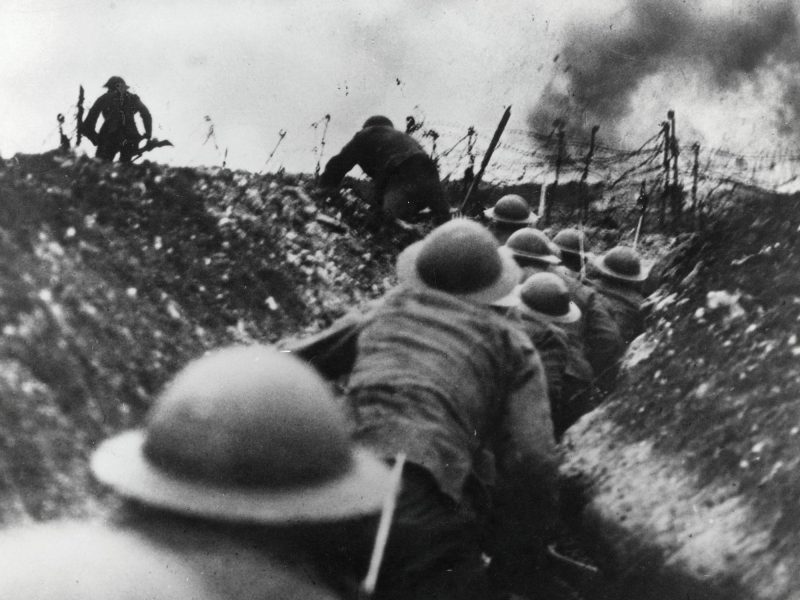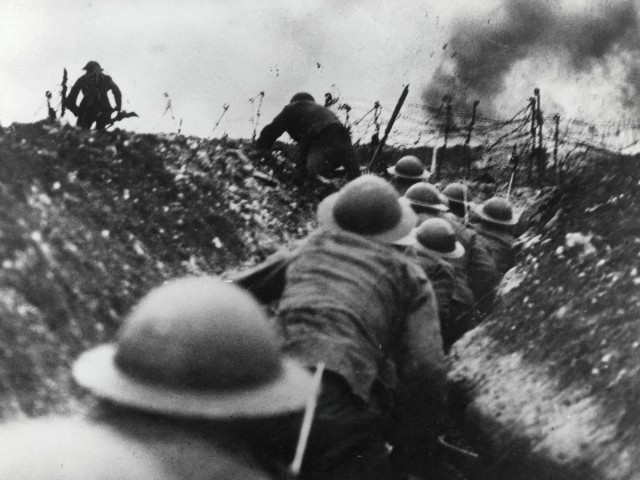The dollar’s near century-long reign atop the globe was set in stone in the smoldering ruins of war torn Europe. The devastating war would cost a continent locked in a millennia of conflict its preeminence in the world, the effects of which are still felt today.
The events of 1914 may seem distant, but to those who understand the modern world order the calamitous events of that year reverberate through time to this very day. Some “silly thing in the Balkans,” as predicted by Otto Von Bismarck, did indeed light Europe on fire.
The United States, at this time, it must be understood, was already an ascendant power. Its per-capita GDP in the year previous eclipsed that of Britain, Europe’s wealthiest nation, by 30 percent. What held the United States back, and allowed Europe to control financial markets throughout the world, was the American national character’s tendency towards isolationism, the Saudi Gazette reports.
Within a few short years the situation would change entirely. That silly thing in the Balkans, for one, had been dramatically underestimated, and undervalued by European thinkers of the day. Estimates at the time fell short of the true cost the war would impose by a factor of 50.
If the costs of the war had not been destructive enough, Europe also had to deal with the costs of repairing and constructing their ravaged cities and landscapes. The toll which the First World War took on the European economy is certainly difficult to ascertain, but some experts give estimates as high as 3 or 4 times the GDP of the war’s six main European actors.
In an era when the gold standard was commonly in use, the next development played a large role in changing the financial balance between the two continents. By wars end the United States boosted its gold holdings to double what they had been at the outset. This also played a role in making the United States the world’s largest lender.
With a war torn Europe financially strapped and in desperate need of capital, the United States would cement its position as the leading global lender. Europe, on the other hand, previously the leader in that regard, would become the world’s largest borrower.
With that, the dominance of the dollar had been established, and the order established in the period since World War I has yet to be reversed. The four hundred year reign of European leadership throughout the world had come to catastrophic end.
//


